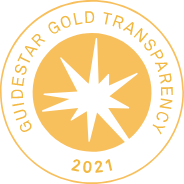Navigating regulatory hurdles is a critical aspect for any business, especially in highly regulated sectors like healthcare, biotechnology, and medical devices. Whether you’re launching a new product or scaling an existing one, regulatory approval is often a long and complex process that requires strategic planning and attention to detail. Here are three top tips to help you effectively manage and overcome regulatory challenges.
1. Understand the Regulatory Landscape Early
One of the biggest mistakes companies make is underestimating the importance of understanding the regulatory environment from the very beginning. Whether you are in the development stages of a product or service, or looking to expand into new markets, understanding the specific regulatory requirements is essential. Each country has its own regulatory body, such as the FDA in the U.S., EMA in Europe, and PMDA in Japan, each with unique criteria and processes.
Failing to familiarize yourself with these requirements can lead to costly delays and even failed approvals. Start by researching relevant regulations and compliance standards that apply to your industry. Engage regulatory experts early in your process, and consult with legal and compliance teams to ensure you’re aligning your product development with regulatory expectations from the start. This proactive approach can help you avoid roadblocks down the line.
2. Maintain Clear and Detailed Documentation
Regulatory bodies require meticulous and comprehensive documentation to assess whether a product or service meets their standards. Proper documentation includes clinical trial results, manufacturing processes, quality control measures, and safety protocols. Inadequate or incomplete records are among the most common reasons for delayed approvals or rejections.
To avoid these pitfalls, establish a rigorous system for managing documentation. Use standardized templates, regularly update records, and ensure all team members are aligned on documentation protocols. Consider investing in regulatory compliance software that can streamline the process and reduce the risk of human error. Not only will this make the submission process smoother, but it also prepares you for any audits or inspections that may arise.
Having all your documentation organized and readily available can also help when responding to inquiries from regulatory agencies, which often occur throughout the approval process. By staying organized, you can respond quickly and accurately, avoiding unnecessary delays.
3. Leverage Regulatory Pathways and Incentives
Many regulatory agencies offer pathways designed to expedite the approval process for innovative or urgently needed products. For example, the FDA offers several accelerated approval programs, including Fast Track, Breakthrough Therapy, and Priority Review, all aimed at speeding up the approval of products that address unmet medical needs. The EMA has similar programs like PRIME (Priority Medicines).
To benefit from these pathways, ensure that your product or service qualifies and that you apply for the appropriate designation early in the development process. In addition, some agencies offer tax incentives or grants for companies that are developing products in areas such as orphan drugs, rare diseases, or pediatric medicine. Understanding and taking advantage of these incentives can help offset costs and speed up time to market.
Partnering with experts who have experience navigating these programs can be a game-changer. They can guide you on which pathways or incentives are applicable to your product and how to present your application to maximize your chances of success.
Navigating regulatory hurdles may seem daunting, but with the right approach, it’s manageable. Start by understanding the regulatory landscape, keep your documentation organized, and leverage available regulatory pathways. By following these tips, you’ll be in a stronger position to achieve regulatory approval and successfully bring your product to market.


